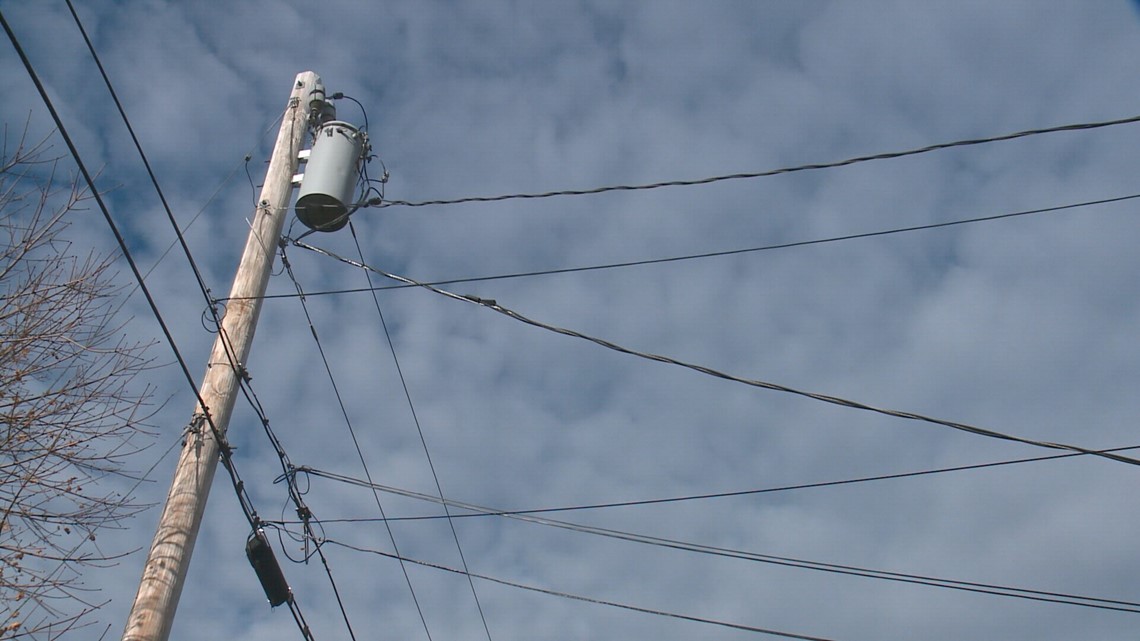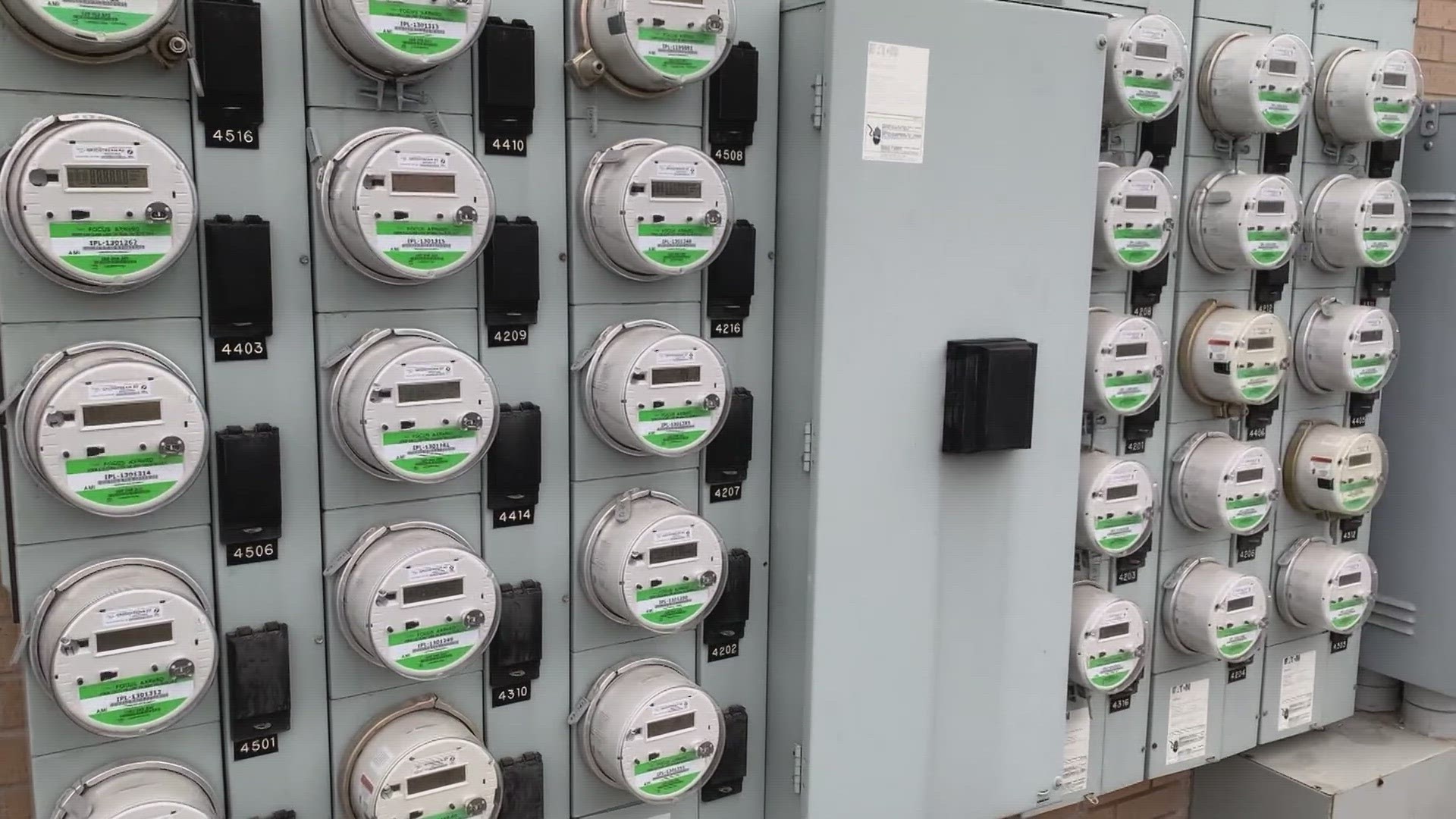INDIANAPOLIS — Your electric bill could be going up in price for summer 2024.
That is because AES Indiana is proposing a rate hike.
In Indiana, electricity kind of works like the lyrics to the "Electric Boogie."
"You don't wanna lose it...but you can't choose it."
It's electric.
A regulated monopoly.
Rate increase process
If a utility company wants to raise its prices, it needs to go through the state.
Part of that process is hosting a public hearing where customers can share their concerns.
Kerwin Olson, with the Citizens Action Coalition, a utility watchdog group, said they think AES' rate hike proposal is too high.
"We are certainly going to make recommendations as far as reducing the rate increase. There's no question about that," Olson said.
AES Indiana is asking for the money for a few reasons.
They include inflation, resiliency improvements, and enhancements to their customer systems and programs, including Google Pay, Apple Pay and American Express payments.
Electric charges can be sorted into three parts: a customer charge, energy charge and trackers.
- A customer charge is a flat amount.
- An energy charge is a base rate multiplied by usage.
- Trackers are temporary adds so a utility company can recoup costs. For example, if fuel prices are higher than expected, they can ask customers to reimburse them for the extra expense.
AES Indiana is asking the state to increase the customer charge and the base rate. They last filed for a base rate hike in 2017.


How much could it cost customers?
How much it could cost a customer depends on who you ask.
AES estimates customers using 1,000 kWh could see their bill go up $17.49.
But the Citizens Action Coalition thinks it will be more money, estimating $23.65.
The difference in their math is the trackers, or the temporary chargers.
AES is using projections in their estimate, while the CAC is using the actual trackers for June 2023.
"We took a residential bill today with their current rates. Here it is, we took the residential bill tomorrow based on what they were asking for, calculated that and made that comparison," Olson said.
Kelly Young, a spokesperson for AES, said the term "Current Rates" represents: "the Company's estimate of the charges AES Indiana customers would see immediately prior to the implementation of new base rates. The estimated impact communicated by AES Indiana was intended to show customers the increase they would see due to the increase in base rate."
Young added that AES correctly communicated the bill impact.
An order is expected in spring 2024.
Public hearing
The second public hearing is Monday, Oct. 2 at 6 p.m. at New Augusta Public Academy North (6450 Rodebaugh Road) in the auditorium. Attendees should use Door 1 to enter.
If you cannot attend the hearing, written comments will be accepted until the end of day Oct. 6.
Email: uccinfo@oucc.in.gov
Mail: OUCC Public Comments
115 West Washington Street
Suite 1500
South Indianapolis, Indiana 46204.

